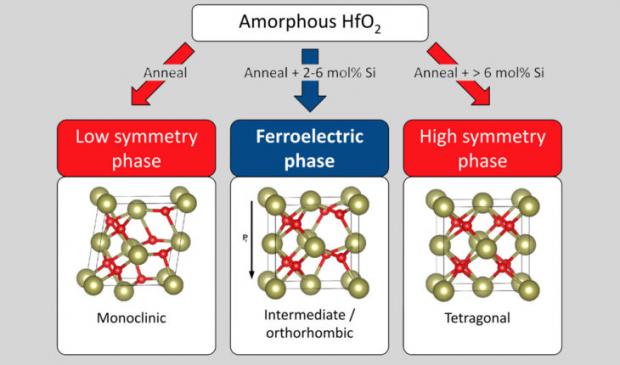
Breaking News
 Trump's Corporate Favor Factory
Trump's Corporate Favor Factory
 Google Quantum Supremacy And Artificial Intelligence
Google Quantum Supremacy And Artificial Intelligence
 NASA Just Activated the Earth Defense Force Ahead of 3I/Atlas Arrival
NASA Just Activated the Earth Defense Force Ahead of 3I/Atlas Arrival
 Dubai: The Ugly Life Under Technocracy
Dubai: The Ugly Life Under Technocracy
Top Tech News
 Graphene Dream Becomes a Reality as Miracle Material Enters Production for Better Chips, Batteries
Graphene Dream Becomes a Reality as Miracle Material Enters Production for Better Chips, Batteries
 Virtual Fencing May Allow Thousands More Cattle to Be Ranched on Land Rather Than in Barns
Virtual Fencing May Allow Thousands More Cattle to Be Ranched on Land Rather Than in Barns
 Prominent Personalities Sign Letter Seeking Ban On 'Development Of Superintelligence'
Prominent Personalities Sign Letter Seeking Ban On 'Development Of Superintelligence'
 Why 'Mirror Life' Is Causing Some Genetic Scientists To Freak Out
Why 'Mirror Life' Is Causing Some Genetic Scientists To Freak Out
 Retina e-paper promises screens 'visually indistinguishable from reality'
Retina e-paper promises screens 'visually indistinguishable from reality'
 Scientists baffled as interstellar visitor appears to reverse thrust before vanishing behind the sun
Scientists baffled as interstellar visitor appears to reverse thrust before vanishing behind the sun
 Future of Satellite of Direct to Cellphone
Future of Satellite of Direct to Cellphone
 Amazon goes nuclear with new modular reactor plant
Amazon goes nuclear with new modular reactor plant
 China Is Making 800-Mile EV Batteries. Here's Why America Can't Have Them
China Is Making 800-Mile EV Batteries. Here's Why America Can't Have Them
Ultra-Low Power Nonvolatile FeFET Memory

This is energy saving non-volatile memory. They will first have 28nm planar CMOS for consumer applications in 2023 followed by IoT and industrial applications and then by automotive applications.
This will be faster than flash memory. This low-power, non-volatile storage technology is based on crystalline, ferroelectric hafnium oxide that can sit directly beside the processor on a chip.
They will use a thousandth of the electricity previously required for memory. This makes them interesting for installation in cell phones and computer clocks, for example, but also for the mostly battery-operated sensors for the Internet of Things.

 China Innovates: Transforming Sand into Paper
China Innovates: Transforming Sand into Paper

